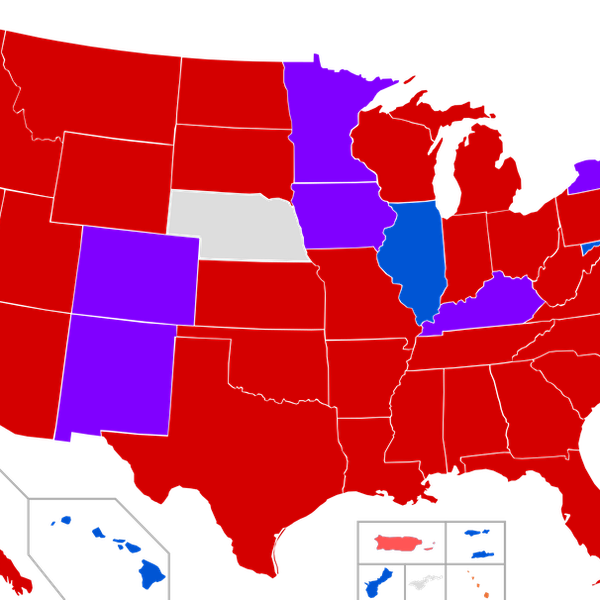When asked about protection of the environment, most people’s responses are polarized into two categories. They either don’t care, cite their cheap energy and pro-business ideology, or tell you about concern for local habitat destruction and the threat of global warming. Both answers have elements of validity – the issue of preservation is not black and white by any means. However, like many contentious topics (see Bananas), the complexity doesn’t stop there. Issues such as politics, race and class are involved in environmental protection policy. Go to the Environmental Protection Agency’s website, and they’ll state Environmental justice “is the fair treatment and meaningful involvement of all people, regardless of race, color, national origin, or income, with respect to the development, implementation, and enforcement of environmental laws, regulations, and policies.” That’s a lot to take in, especially if you have kept up with what’s been going on in North Dakota this week.
The Dakota Access Pipeline, approved by the Army Corps of Engineers a few months ago, has reached its toughest construction point. Spanning over four states, this weekend construction was halted in North Dakota due to Native American protesters from the Standing Rock Reservation. They argue that the construction of a pipeline under the Missouri river will pollute their water supply. The pipeline is dangerously close upstream, which means in the case of a spill, much of the reservation’s water would be polluted. The proposed pipeline also encroaches on spiritual Native American burial grounds. Reporters from DemocracyNow filmed much of the violent protest from earlier this weekend; take a look:
Omnipresent among the protesters is a mantra about water, life and land, alien to our conceptions of them. Our American, (or Western), values are utilitarian in nature. If there is forest, you can build a house, if there is a lake you can harvest the fish. Acquisition of wealth is at the forefront of our minds. Native Americans, particularly the ones in this video, express quite the opposite. “Water is life” was a term used by more than one protester. When asked why the pipeline was so vehemently opposed, responses were markedly anti-capitalist and anti-industry. Minimalist lifestyles being in harmony with the local landscape are cultural, Native American ideas that demand respect.
So who’s right?
Clearly the pipeline does not cross Native American boundaries, but it is hazardously close. A proposed section of the pipeline to give Standing Rock more room was rejected by Dakota Access LLC, the company building the pipeline. Although this route is longer, and therefore more expensive, it would respect the boundaries of the reservation. The answer to my proposed question is muddled, but InsideClimate reported that The EPA, the Department of the Interior and the Advisory Council on Historic Preservation, all objected to the building of the pipeline. The U.S Army Corps of Engineers, in permitting construction, only looked at an environmental assessment report created by Dakota Access. That kind of malpractice is a failure by our government to decide what is best for its constituency, placing corporate greed over the safety and sanctity of its people.
Martin Luther King once said, “Injustice anywhere is a threat to justice everywhere.” Through an environmental perspective, King’s words are just as true: failing now to halt corporations sets a dangerous precedent for future cases. Allowance of such liberties would only encourage government and corporation to do more in the future. If you’re having any qualms or doubts about the case for environmental justice, look at the graphic below, also from InsideClimate. Those demographics about race and class further highlight how communities that are non-white and economically troubled receive poor treatment from their government in terms of the environment. The issue is gross in complexity: culture, environmentalism, corporation, police, and government continue to clash in North Dakota. We can only hope that the entrenched demonstrators can keep the pipeline out.
Demography:






















